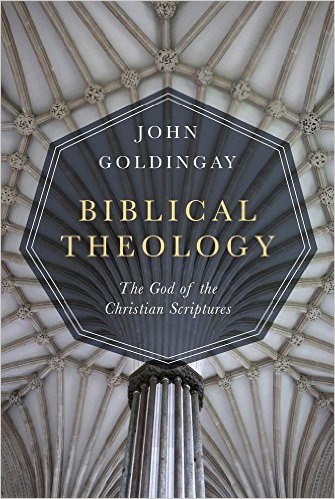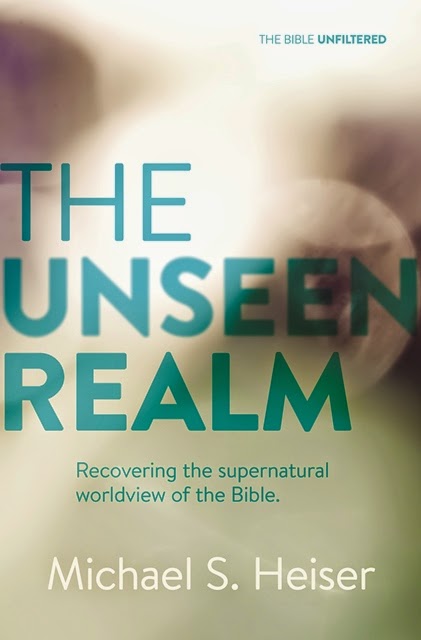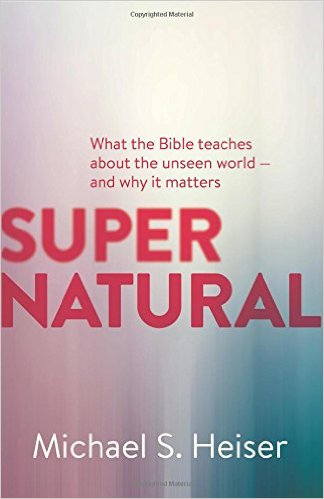
Going through seminary, students are taught to study the Bible and uphold its doctrines about God while also being encouraged not to neglect their devotional times with God. Yet during my own devotional time I, and probably many others, often ask, “Is this approach the best way to grow spiritually, or is there a better way? What could I do differently? Should I incorporate my studies with my devotions?”
Each week, I ask a different scholar two questions about how he or she spends time with the Lord and continues to love him with all their mind, strength, and heart. While no one method or style is “the only way,” we can draw on one another’s experiences.
This week, I have asked Dr. Jason DeRouchie if he would share his thoughts with us.
1. How do you spend your devotional time with the Lord?
My morning quiet time with the Lord is fuel for my day. I have grown to see that only when I am filled with the Spirit through the Word can I be sure that when I am shaken, the Spirit will pour forth.
Following the Kingdom Bible Reading Plan and using my ESV with the Hebrew and Greek texts near by, I usually start my Monday, Tuesday, Thursday, Friday, and Saturday by reading three-four chapters from the Bible (one from the Law, Prophets, Writings, and New Testament, respectively). I seek to be prayerful, and my quest is to see and savor more of God in Christ. When I have fresh insights or raise questions that need answers, I add them into an Evernote journal or place them directly into my seminary Old Testament Background and Message notes. This journey through Scripture is more reading for distance than for depth. At times (usually once per month), I will pause on these days to dig deeply into a passage that I will be preaching/teaching to my Sunday School class over the next several weeks. When I do this, I will use my Hebrew text to track the author’s flow-of-thought (phrasing and arcing using www.biblearc.com) and then establish a message-driven, exegetical outline that is faithful to the whole. After a day or two of digging deeper for gold in this way, I will usually go back to raking the surface, saving my more developed weekend preparation for early Sunday morning. Wednesdays I usually teach early, and I use that my morning time to ready my heart and head for whatever I am sharing that day.
Along with regular Bible reading, I use Todoist to guide a lot of my prayers. I pray daily for family members, friends, leaders, institutions, and global missionaries, and my calendar allows me to intentionally rotate through them all at least once per month. Often I do this praying in my journey to and from the gym or during my 30 minute commute to work at Bethlehem.
Finally, I sustain a semi-frequent pattern of Bible memory, usually switching between shorter portions (single paragraphs or chapters) and more extended portions (four chapters). I then review while driving. I have found that anything greater than four chapters is difficult for me to memorize and practice faithfully, so this has been my memorization cap. To memorize I follow this pattern: (1) Recite yesterday’s added material 10x; recite today’s new material 10x; (3) review all material including the new material 1x; (4) progress ahead until all is memorized and I have generally recited the complete amount every day for a 100 days. This pattern seems to help me retain memorized passages fairly well, and then I review them periodically.
2. How do you practically seek to deepen your love for Christ?
I know that I will find the Lord most when I seek him (Prov 8:17; Jer 29:13; Matt 7:7) and that I will be filled with the Spirit of Christ most when I am matching prayer and hearing the Word with faith, most especially in the context of community (Gal 3:2, 5; Eph 5:15–21; Col 3:16–17). I also know that my heart will be wherever my treasure is (Matt 6:21). As such, I seek to deepen my love for Christ (1) through prayerful asking for more of his presence and for greater dependence, love, wisdom, and protection; (2) through repetitive time in the Word with expressed desire to see and savor more of Christ, and (3) through regular corporate worship where I am both participant and leader and where I consciously express my hope to see and savor Jesus. My wife and I have also sought to lead our family to increasingly treasure the divine Son as the center of the universe––the one by whom, through whom, and for whom are all things (Col 1:16), whether coffee or cancer, ice cream or ice storms, rising or falling, laughing or crying. This pattern of repetitive pointing and noticing and verbalizing both the supremacy and value of Christ (Deut 6:4–7) helps nurture deeper love for him in this man, husband, father, pastor, professor, and scholar.
Dr. Jason DeRouchie is Professor of Old Testament and Biblical Theology at Bethlehem College & Seminary and is an elder at Bethlehem Baptist Church. He has written How to Understand and Apply the Old Testament, What the Old Testament Authors Really Cared About, A Modern Grammar for Biblical Hebrew, and he blogs here.












